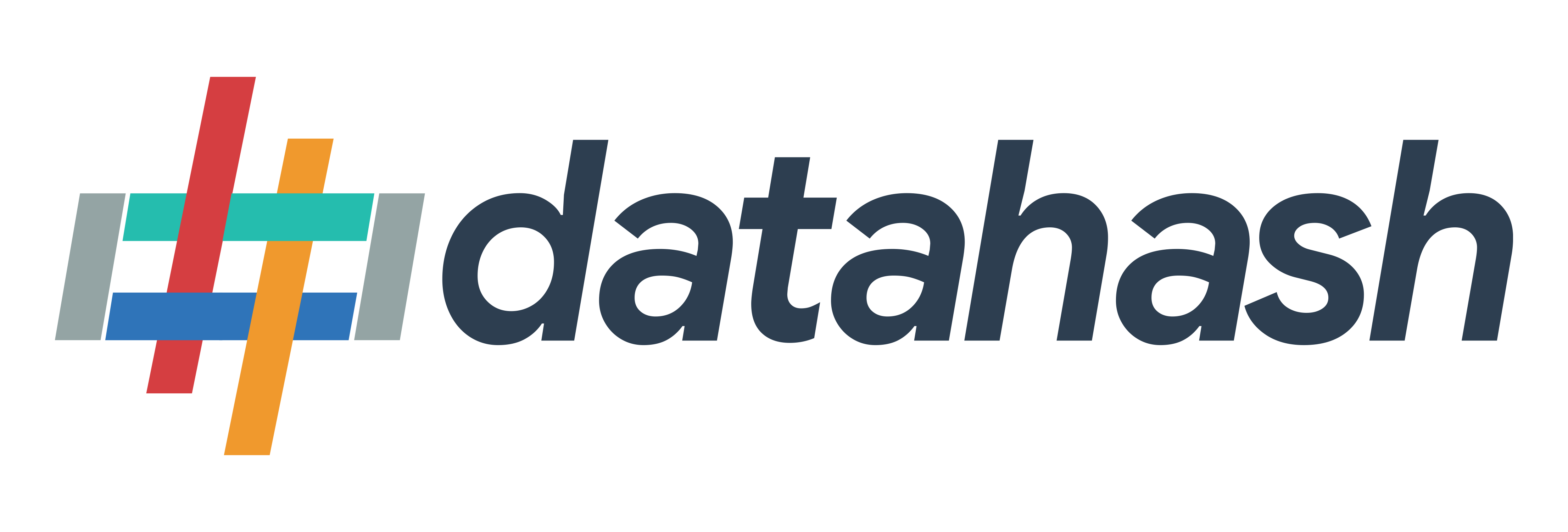Connecting a CRM (Customer Relationship Management) system to Meta Conversion Leads is a crucial step for businesses looking to streamline their sales and marketing processes.
When these are integrated, businesses can use the data from their CRM system to inform their optimization efforts for Meta Lead Ads using Meta Conversion Leads optimisation. For instance, businesses can identify which leads are likely to convert based on their previous interactions with the company, and then create targeted marketing campaigns to reach these high-value prospects.
Prerequisites
- A CRM account with the required acces to provide API permissions for respective CRM modules that is set-up to capture leads from Meta Lead Ads (Instant Forms)
- A custom field created in the CRM module detail page that captures Meta Lead ID from Meta Lead Ads (Instant Forms). Meta Lead ID is a unique 15-16 digit ID created for each lead that is generated via Meta Lead Ads using Instant forms (Click to know more on Meta Lead ID here) The custom field in CRM should be of the correct data type i.e. text that can capture minimum 16 digit value
- Minimum two lead life cycle stages/lead status configured in the CRM for mapping to Meta Conversion Leads for better optimisation
Datahash provides Meta Conversion Leads integration using any of the below CRM modules - Salesforce – Leads module
- Zoho CRM – Leads module
- Hubspot – Contacts module
- LeadSquared – Leads Module
Summary of Steps Included:
Authorisation:
First step is to securely authorise Datahash application to access Leads data from the client CRM. The authorisation method will be dependent on CRM, will be either of Login with CRM or access key and secret key submission. Post authorisation, Datahash application will be able to read the data schema of the Leads module of the CRM for set-up and leads data updates to track events.
Data Field Mappings:
Next step is to map CRM data fields to enable capture and tracking of the correct data points. For convenience of mapping, only potentially relevant field types are listed for each data point, as per following details:
Lead ID :
This is the unique identifier generated at the source where the lead was captured. For instance, for Facebook leads, the ID would be “Meta Lead ID”. Please select the CRM column name for capturing this ID.
In Facebook, this ID is defined as a 15- or 16-digit numeric number for example ‘546789543245123’or ‘9345682194759237’. To understand more about Meta Lead ID click here.
Possible Data Types: String, Reference, Id, Text, Text area, Integer (minimu 16 digit)
Lead Modified Date :
This is the field that indicates the lead’s most recent update date & time to synchronize the latest updates. Please specify the CRM column name for capturing this update. The default sync frequency is 15 minutes.
This field is generally of ‘Date-Time’ or ‘Timestamp’ data type as time is the essential part of this field. In preview, your data should show both date & time for example 2/8/2023, 2:56 AM.
Possible Data Types: Datetime & Timestamp
Lead Status :
Lead lifecycle status refers to the field in the CRM that is used to track the stages that a lead moves through during the lead lifecycle. Updates in these stages are tracked as events and pushed to a destination e.g. as conversion signals in Meta Leads Conversion API for Lead Ads campaign optimisation.
For example a typical lead lifecycle could be from New Lead > Interested > Prospect > Opportunity > Customer, however the naming and stages could vary from one business to another.
Possible Data Types: Picklist, Textarea, Text
Note : This is just a list of possible data types and could change in the future depending on the CRMs.
Event Mapping:
Last step is to map the lead statuses that are required to be tracked to events which need to be pused to Meta Conversions leads.
This section will now help you with the step-by-step process to send your leads events from your CRM to Meta Conversion Leads via Conversions API:
Step 1: Set-up CRM as data source for lead events (Choose the CRM you want to connect)
Salesforce CRM Source Connector Set-up
Zoho CRM Source Connector Setup
Hubspot CRM Source Connector Setup
LeadSquared CRM Source Connector Setup
Step 2: Set-up Conversion Leads as data destination for lead events
Articles
- Step 1 (Option 1): Salesforce CRM Source Connector Set-up
- Step 1 (Option 2): Zoho CRM Source Connector Setup
- Step 1 (Option 3):LeadSquared CRM Source Connector Setup
- Step 1 (Option 4): Hubspot CRM Source Connector Setup
- Step 1 (Option 5): Bitrix24 CRM Source Connector Set-up
- Step 1 (Option 6): Freshsales CRM Source Connector Set-up
- Step 1 (Option 7): BigQuery Source Connector Set-up
- Step 2: Set-up Meta Conversion Leads as data destination












